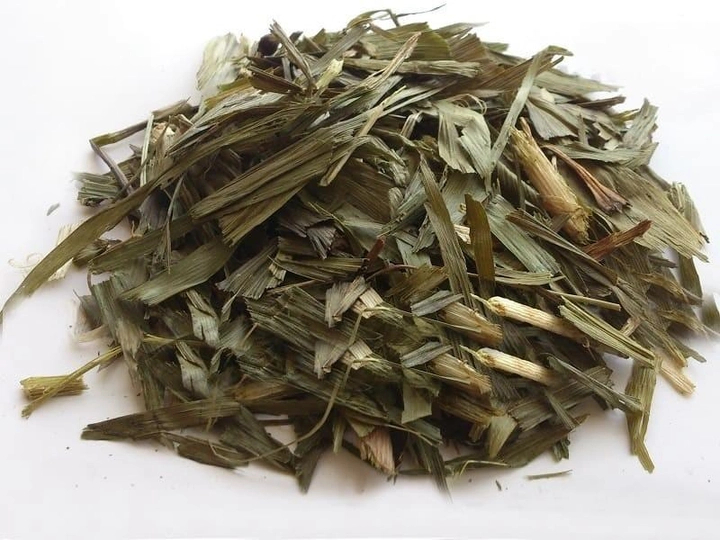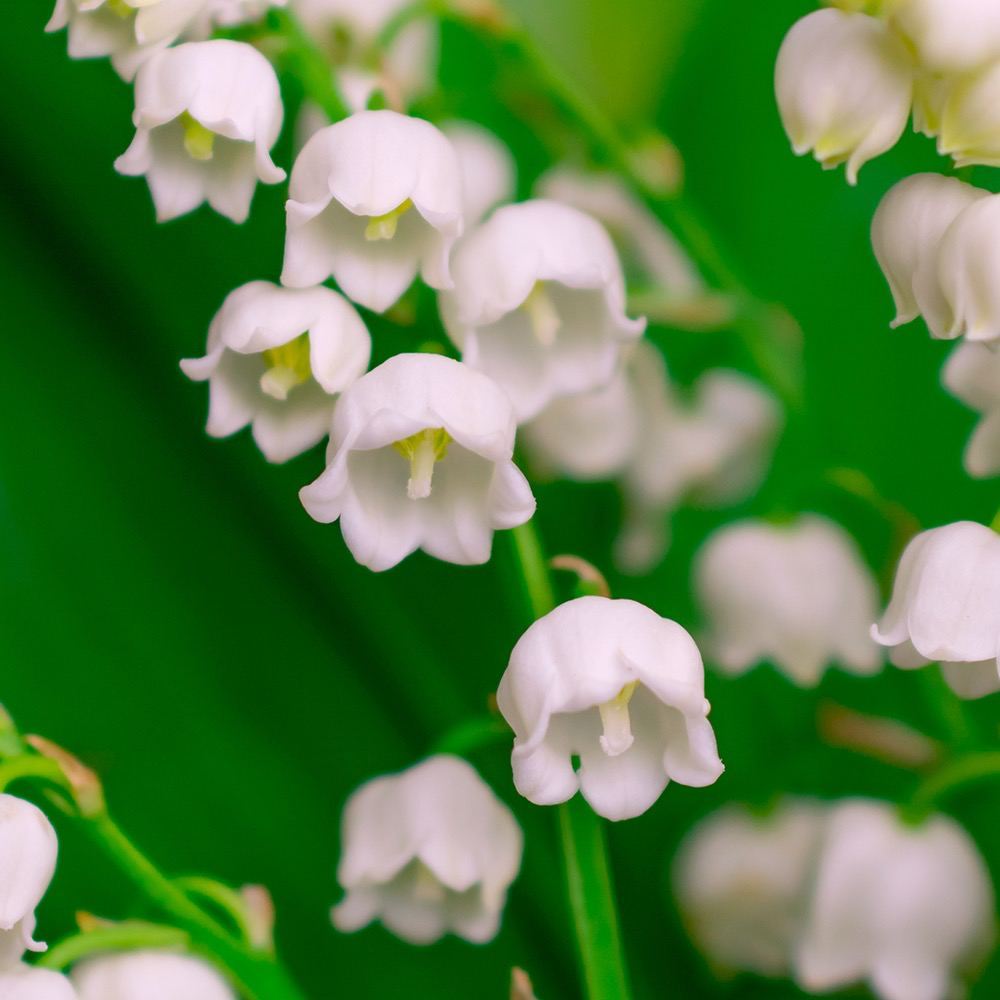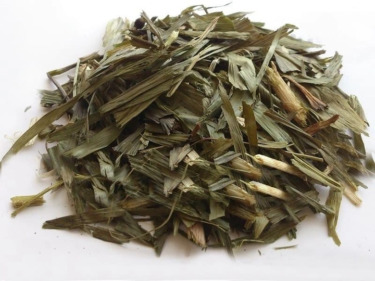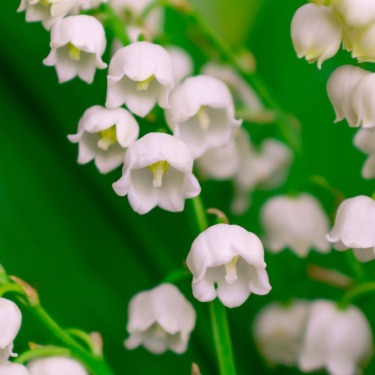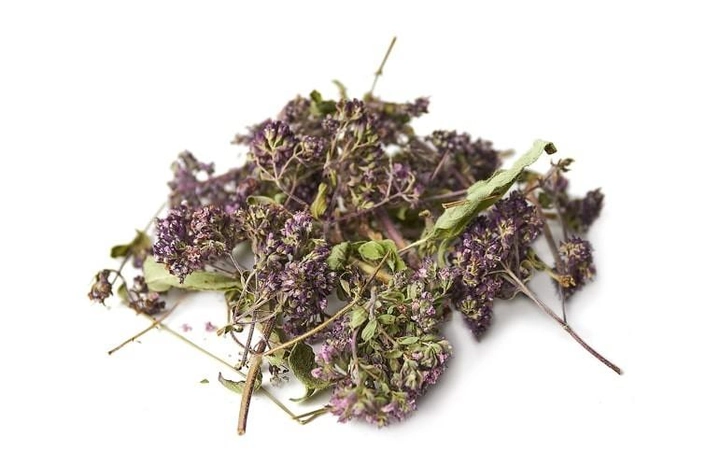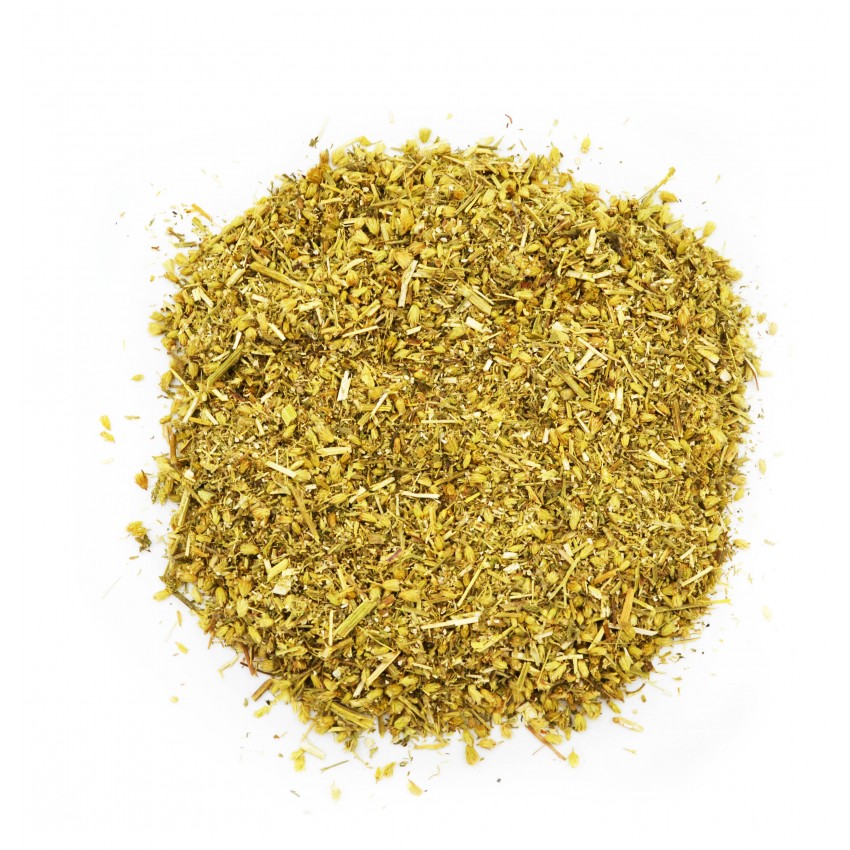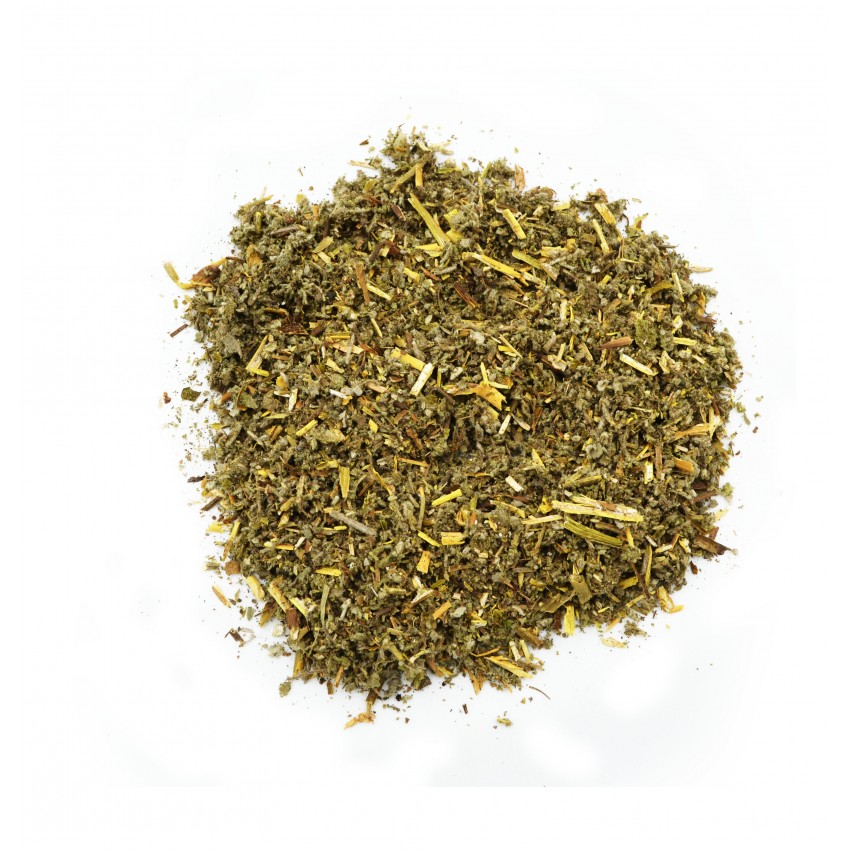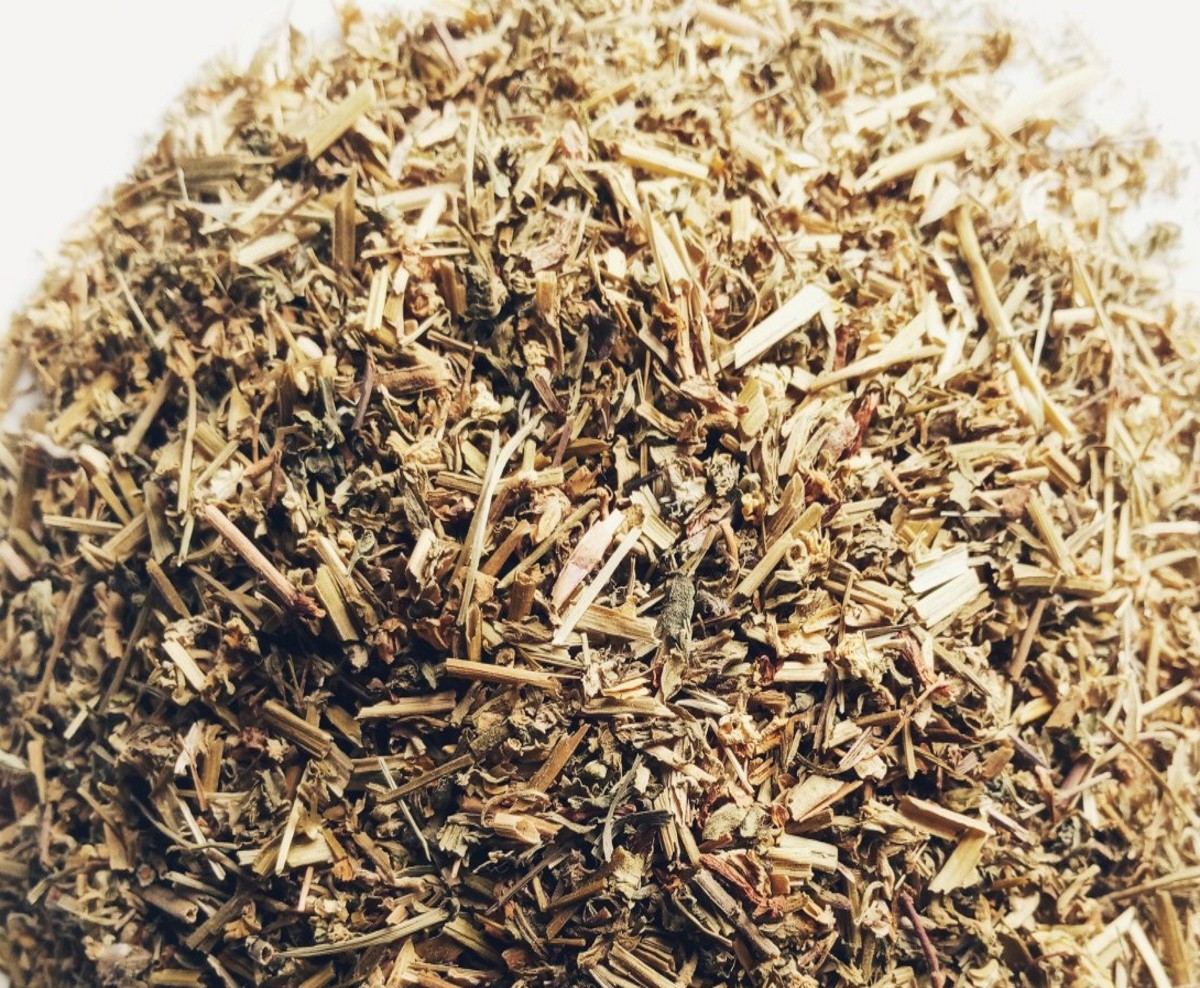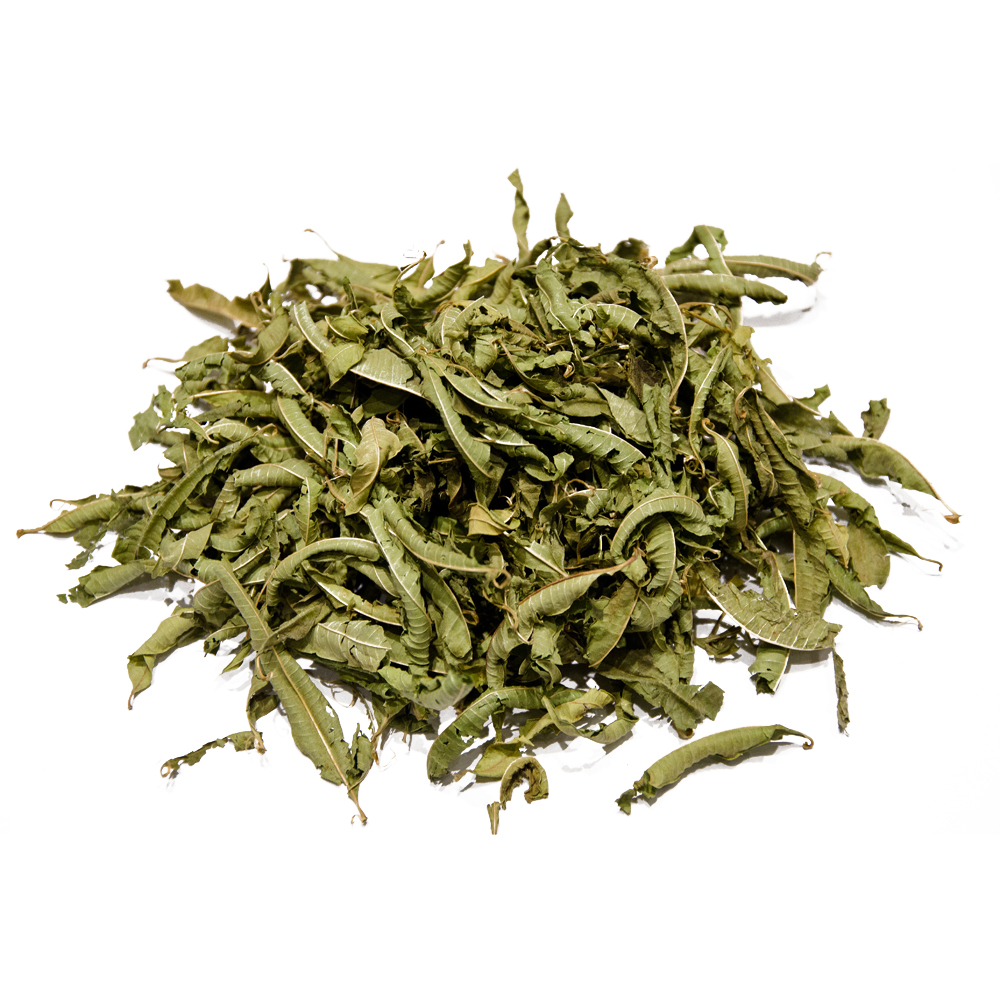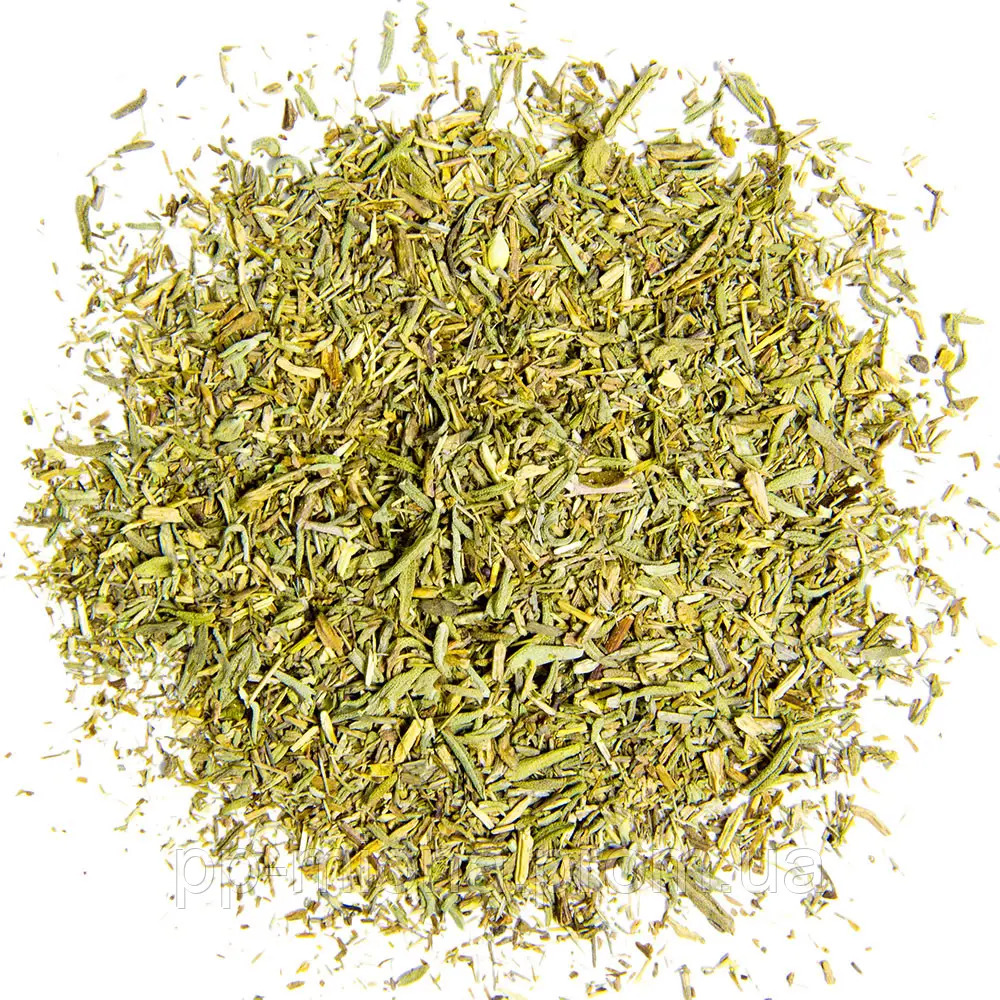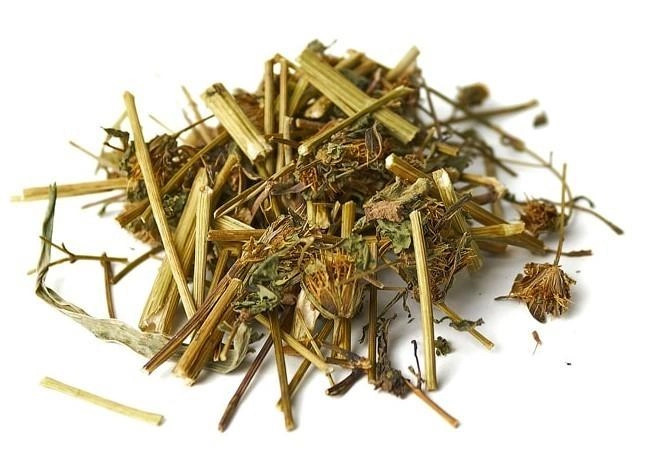Preparations made from the lily of the valley (Convallaria majalis) help to improve heart tone and regulate its functioning. They also increase urine output and have a calming effect on the central nervous system.
Compared to strophanthine, the effect of lily of the valley on the human body is very similar. After intravenous administration, its effect begins in 3 minutes, reaches its maximum strength in an hour, and lasts for a day. It is important to note that lily of the valley preparations do not accumulate in the body (they are excreted in 3 days) and have a sharp bradycardic effect on the human heart.
When taken orally, the effectiveness of lily of the valley preparations decreases, leaving only a sedative effect. In traditional medicine, they are used for various heart diseases, neuroses, cardiosclerosis, chronic and acute heart failure, as well as cholangitis and cholecystitis. There is also a flavonoid drug called convaflavin, which is used for cholangitis and cholecystitis.
Lily of the valley is used more widely in alternative medicine. An infusion of lily of the valley flowers is used internally for various diseases of the urinary and reproductive systems, intestinal colic, stomach diseases and edema. It is also used to treat conjunctivitis and as a sleeping pill. In combination with other herbs, such as motherwort, peppermint, valerian officinalis, blood-red hawthorn, lemon balm, it is used for atherosclerosis, epilepsy, thyrotoxicosis, hypertension, insomnia, nervous disorders, heart disease, and to improve urine flow.
